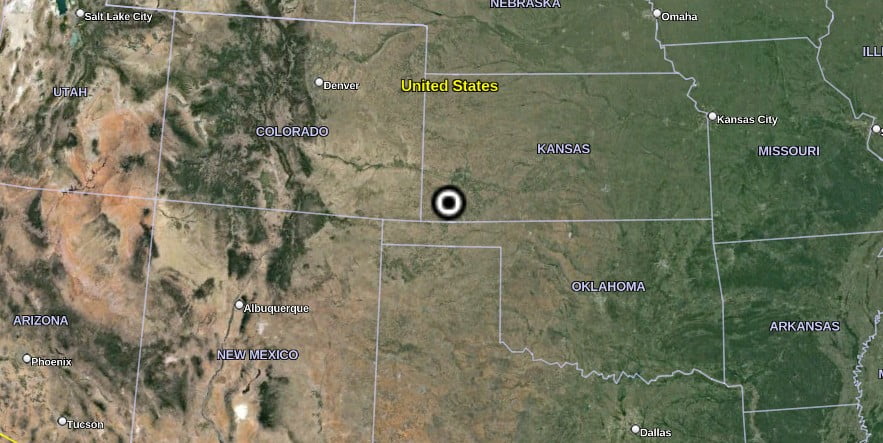Thousands of cattle die under mysterious circumstances, Kansas

An estimated 2 000 head of cattle have died in Ulysses, Kansas over the past couple of days, and more than 10 000 across the entire state of Texas. While the deaths have been blamed on the heatwave, high humidity levels, and lack of nighttime cooling, many people are speculating this might not be the case.
The exact number of dead cattle is also unknown. Kansas Department of Health and Environment spokesperson said the number of reported deaths was at least 2 000, while the Progressive Farmer (DTN) placed the number at 10 000, adding that final numbers continue to come in.1 Others are saying 10 000 is the number across the entire state of Kansas.
The deaths occurred at multiple feedlots but most were concentrated around Ulysses.
Temperatures in Ulysses began to exceed 37 °C (100 °F) on June 11 and rose to 40 °C (104 °F) by June 13, with humidity levels ranging from 18 to 35%.
According to veterinarian A.J. Tarpoff who works with Kansas State University Extension, large losses in feedlots due to heat stress seem to start every year around June. When there is a perfect storm of too much heat and no opportunity for nighttime cooling, cattle can accumulate heat and die from stress, Tarpoff said, adding that this situation can hit both feedlot and grazing animals.
However, since the number of deaths seems unusually high, many people speculate that weather conditions might not be the sole reason.
Kansas has more than 2.4 million head of cattle and is the third-largest U.S. cattle state.
References:
1 Thousands of Cattle Reported Dead – DTNPF – June 14, 2022
Featured image credit: TW




Sounds to me human negligence. The cattle are just a product, not a sentient being.
The bottom dollar was the bottom line. It was more profitable to hold them in the feedlot than the field
Now, there is no profit. (Unless they will be reimbursed by insurance or the government???
The leading cause of animal deaths in hot weather is dehydration.
Firstly, I see in the pictures, corrals packed with cattle (feedlots), at 40c there looks like nowhere for the animals to lie down and hot animals standing side by side radiate heat off each other (that’s how they stay warm in winter), but when standing up there is a bigger windbreak effect which means even more heat.
Secondly, I note that the Ulysses area uses the Ogallala aquifer for irrigation and well water.
That aquifer was in at dangerously low levels back in 2015, and that’s before record droughts for the last two years. So my concern is that the feedlots may not have had adequate water for so many head of cattle or that the shear number requiring water exceeded the amount that could be supplied.
A beef cow drinks a minimum of 10 gals a day, MUCH more in hot weather, when they can actually get access the watering points.
So the arguments about not knowing why those animals died may be applied to detract that human error is to blame, not a disease or poor feed or global warming.